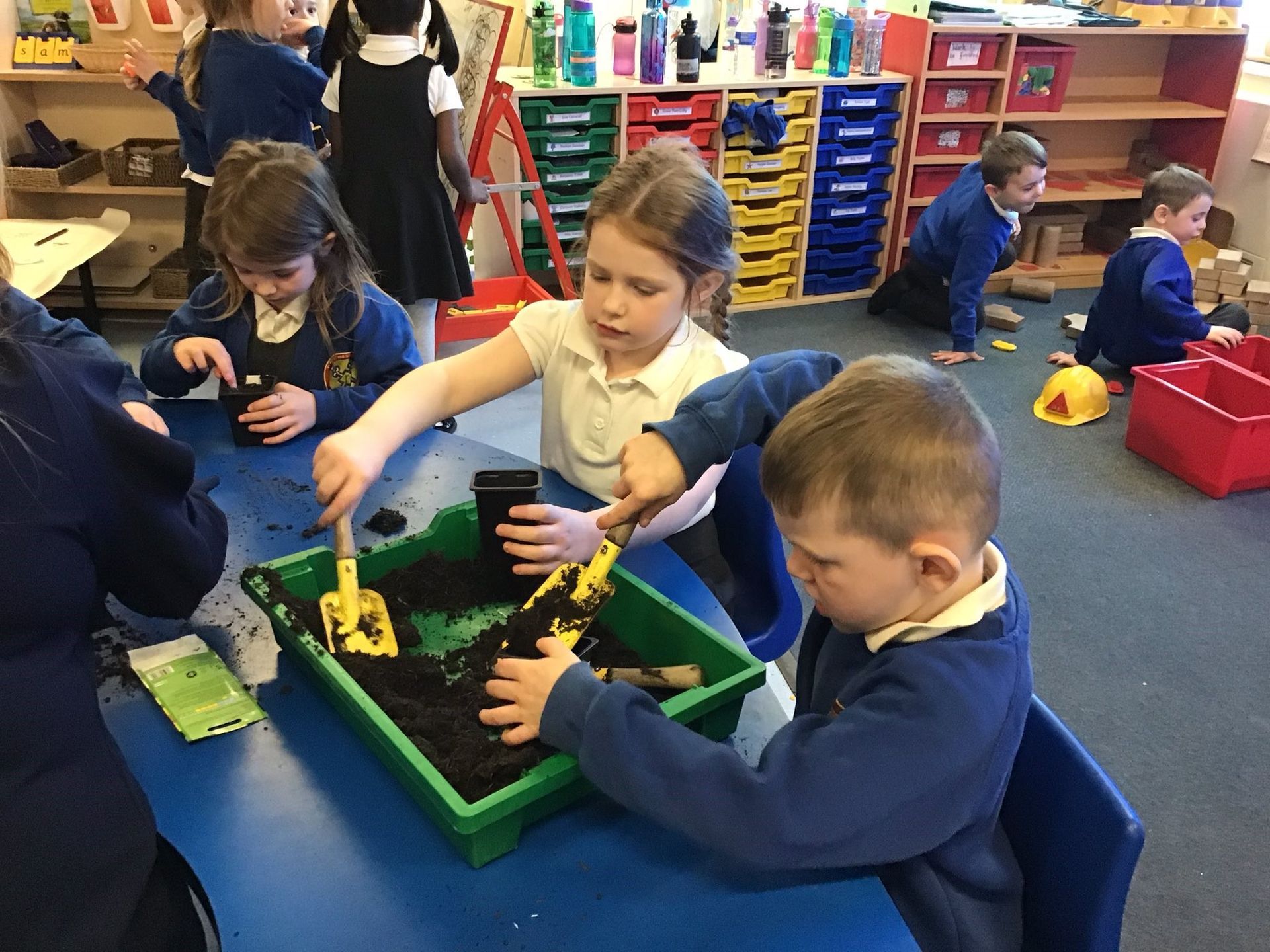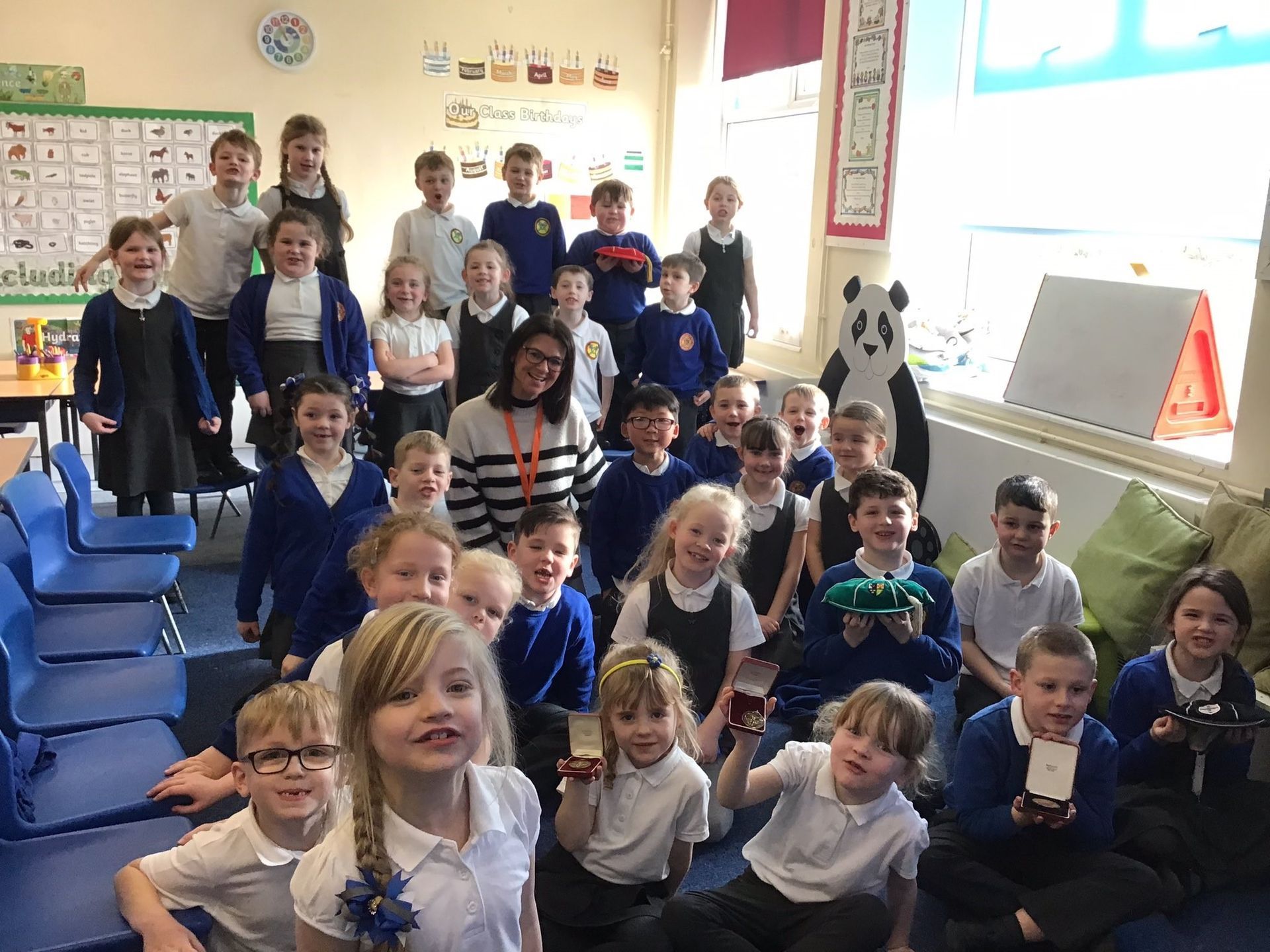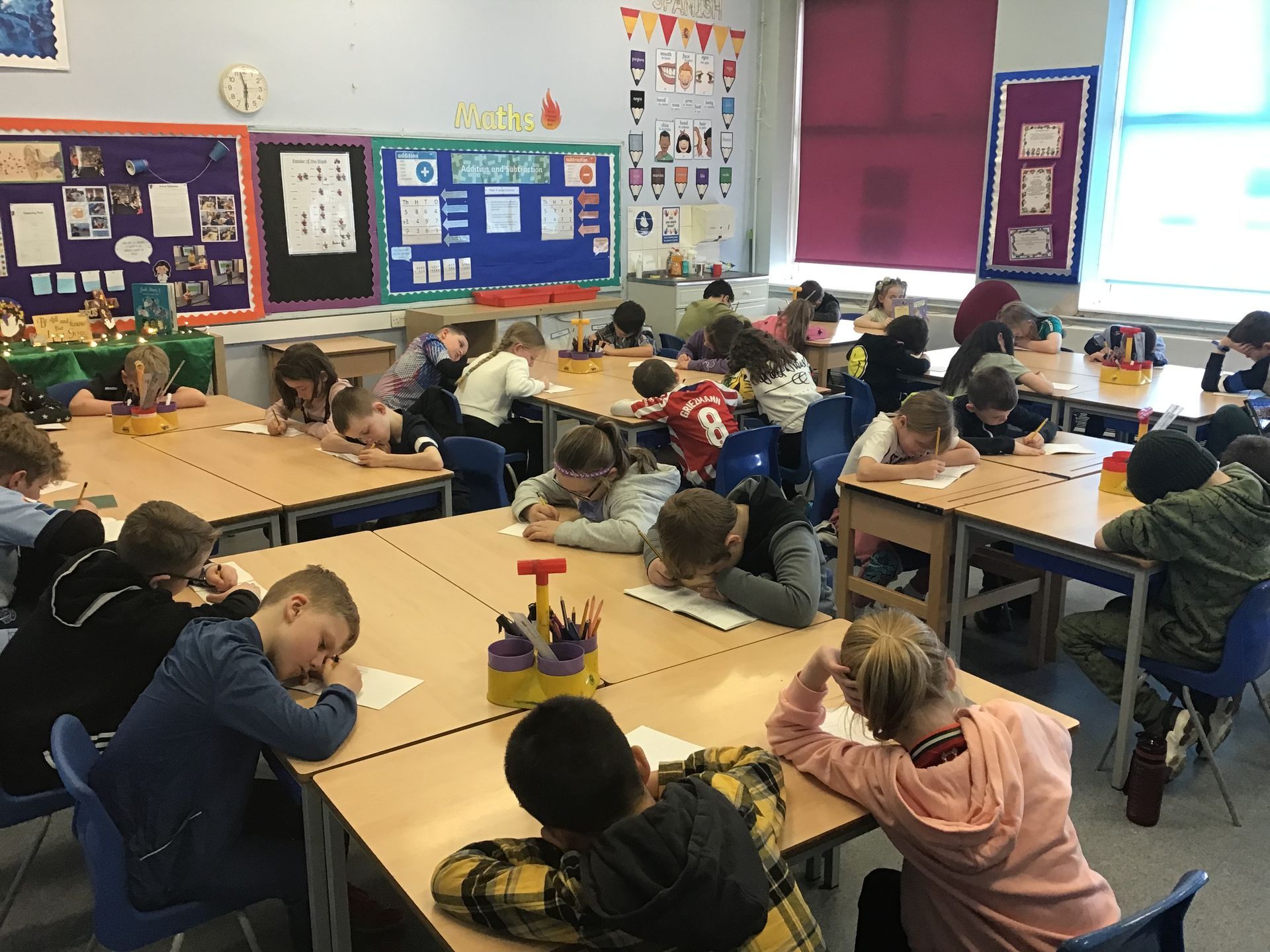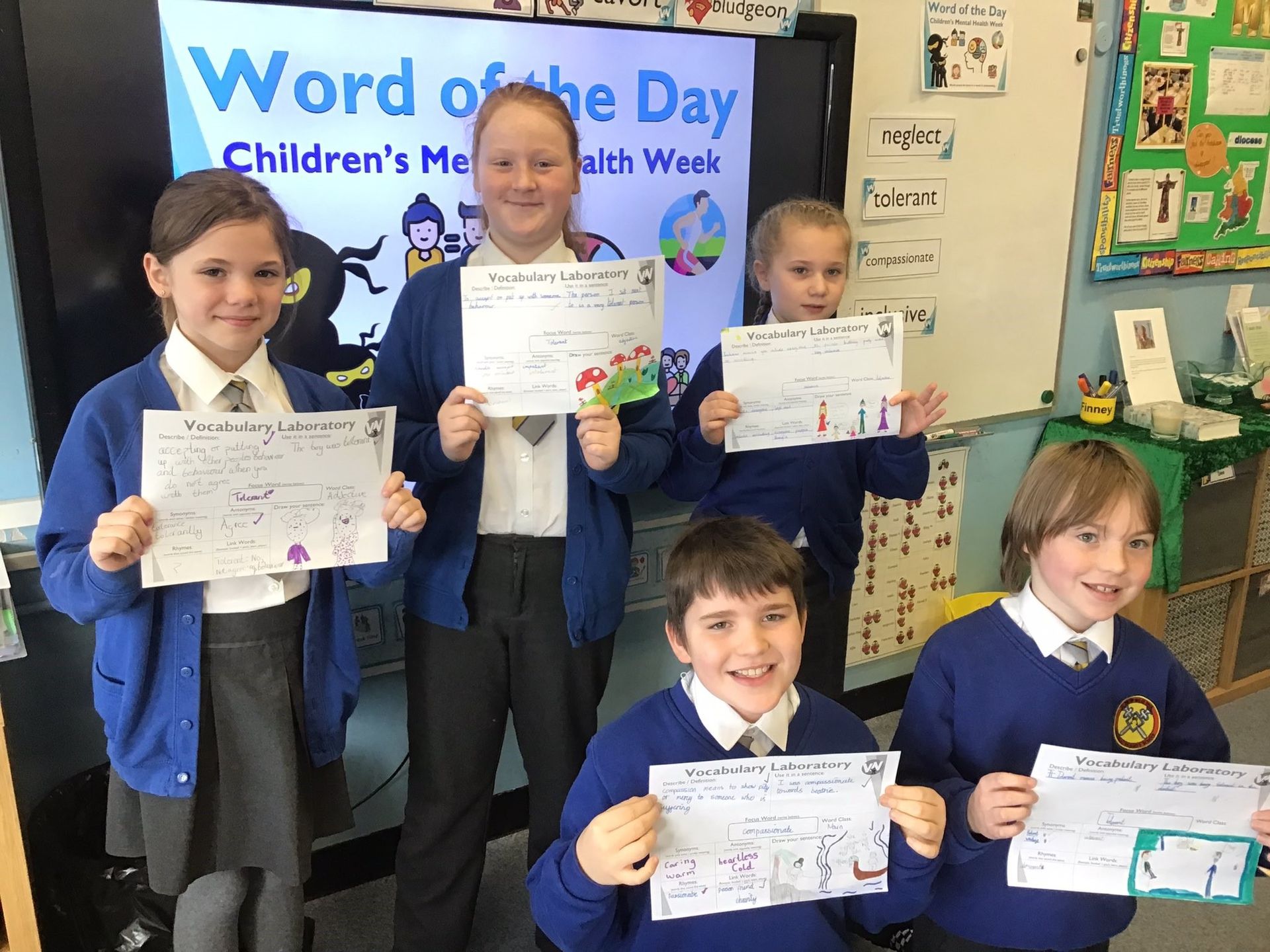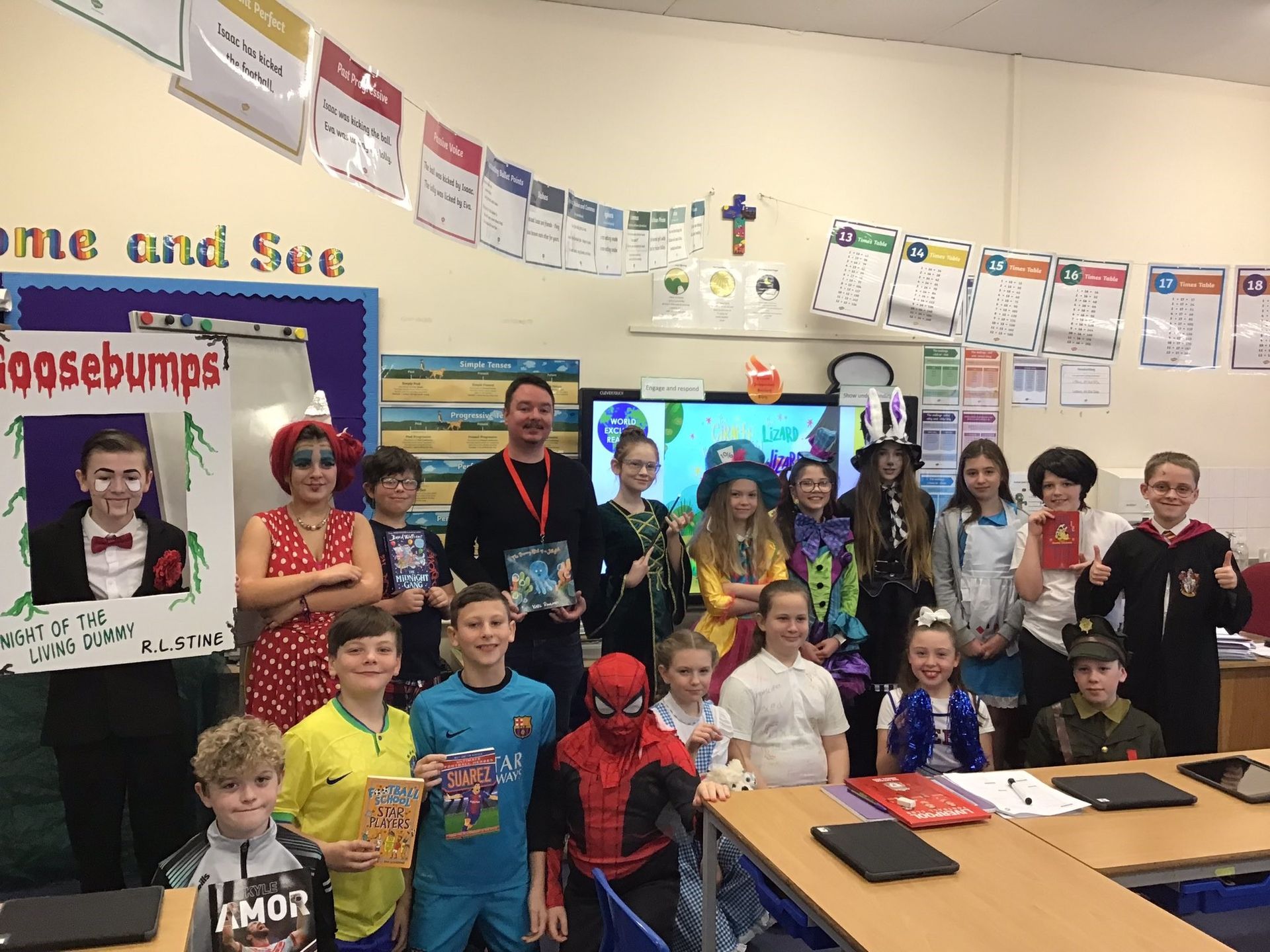Physical Education
Curriculum Intent
At our school we are committed to providing all children with learning opportunities to engage in Physical Education. This policy reflects our School’s values and philosophy in relation to the teaching and learning of PE. It sets out a framework within which teaching and non-teaching staff can work, and gives guidance on planning, teaching and assessment.
At our school we aim to inspire and engage children’s interest in sporting activities through providing a wide range of opportunities within school, after school and within the wider community. We aim to foster children’s interest in physical wellbeing and healthy lifestyles in order to establish long lasting lifestyle messages. We aim to promote our Christian values through sports and positively encourage children to share, respect, support, trust and work together.
Implementation
We use a variety of teaching and learning styles in PE lessons. Our principal aim is to develop the children’s knowledge, skills and understanding, and encourage lifelong love and participation in PE & Sport. We do this through a mixture of whole-class teaching and individual/group activities. Teachers draw attention to good examples of individual performance as models for the other children and we encourage the children to evaluate their own work as well as the work of other children and use self-assessment in lessons to monitor progress and to measure improvement. The pupils record their own outcomes based on the learning objective in their PE book which they use as evidence to show progress over time. Within lessons we also give the children the opportunity both to collaborate and to compete with each other, and they have the opportunity to use a wide range of resources.
In all classes there are children of differing physical ability. Whilst recognising this fact, we provide suitable learning opportunities for all children by matching the challenge of the task to the ability of the child. We achieve this through a range of strategies:
- setting common tasks that are open-ended and can have a variety of results, e.g. timed events, such as an 80m sprint
- setting tasks of increasing difficulty, where not all children complete all tasks, e.g. the long jump
- grouping children by ability and setting different tasks for each group, e.g. different games
- providing a range of challenge through the provision of different resources, e.g. different gymnastics equipment
Impact
The impact of our PE curriculum is evident in the following ways:
- develops physical literacy in every pupil
- develops skillful use of the body, the ability to remember, repeat and refine actions and to perform them with increasing control, co-ordination and fluency
- develops an increasing ability to select, link and apply skills, tactics and compositional ideas in a range of activities
- develops an understanding of the effects of exercise on the body, and an appreciation of safe exercising
- develops the ability to work as a team, taking the lead and learning to work collaboratively with others
- increase children’s ability to use what they have learnt to improve the quality and control of their performance
- develops an enjoyment of physical activity through creativity and imagination including development of their own next steps to success
- develops an understanding of how to succeed in a range of physical activities and how to evaluate their own success, using Physical education marking ladders, self and peer assessment
- gives opportunities to develop their own leadership skills and use them both within the school environment and in the wider community
- Children represent their school and houses in competition situations at level 1,2 and 3
- Our children have an understanding of safe practice and develop a sense of responsibility towards their own and others’ safety and well-being

